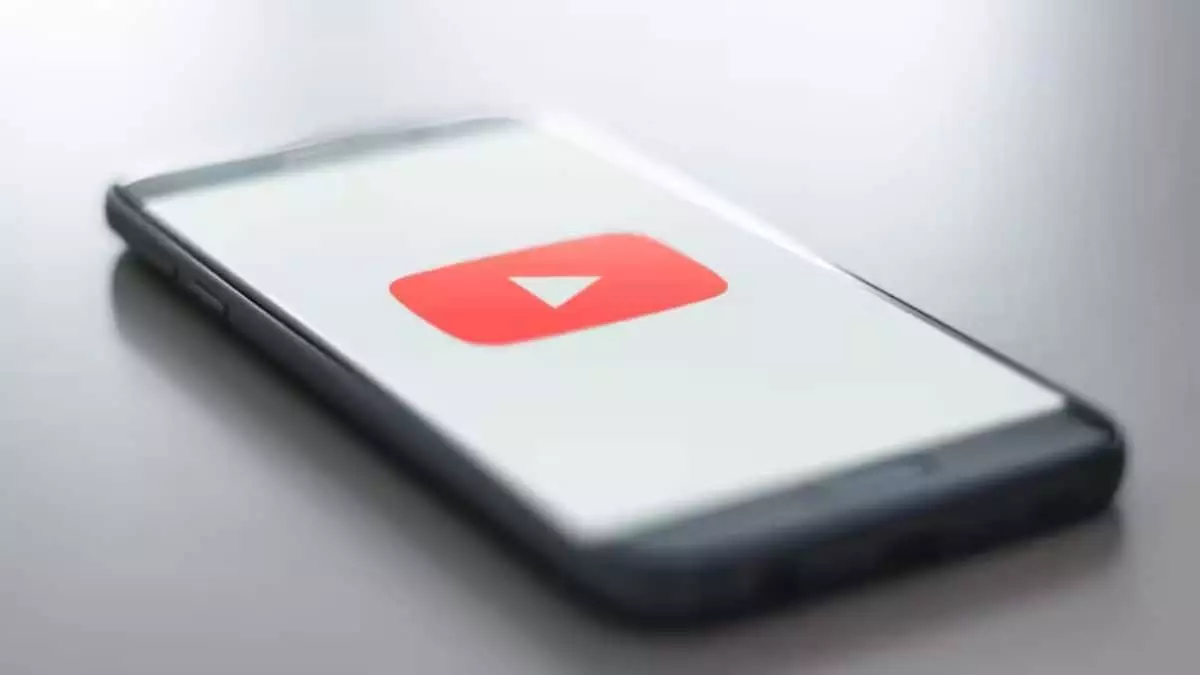YouTube has long been a dominant force in the realm of online video content, but recent announcements regarding innovative features signal a pivotal shift towards enhancing user engagement. The introduction of the “Communities” feature, alongside the new “Hype” button, aims to cement YouTube’s position as a comprehensive social platform for content creators and viewers alike. These features are designed not just to retain users on the platform but also to create a more interactive and supportive environment for emerging creators.
YouTube’s new Communities feature seeks to bridge the gap between creators and their audiences, allowing for a dedicated space where followers can interact with one another and the channel owner. Unlike the traditional comment section, which often becomes a chaotic stream of opinions, Communities encourage structured discussions. By introducing this forum-like space, YouTube is acknowledging the limitations of existing interaction methods, which have typically necessitated the use of external platforms like Discord or Facebook.
This strategic move to foster engagement on its own platform is quite insightful. Users are often hesitant to leave YouTube for discussions elsewhere, which means that providing a built-in mechanism for interaction could increase time spent on the site. However, the implementation of this feature will not be automatic; creators must opt-in, presenting potential challenges for those uncertain about managing community interactions. Furthermore, channel owners will bear the responsibility of moderating their communities through a new Community Hub tool. This raises questions on moderation efficacy and the potential for toxic behavior to flourish if not monitored properly.
The Hype button is another intriguing development aimed at leveling the playing field for creators with smaller subscriber counts. The recognition that up-and-coming talent often struggles to garner visibility is not new, and YouTube’s solution—an interactive leaderboard showcasing the “most hyped” videos—offers a pathway to greater exposure. This leaderboard enables viewers to discover new content and creators, which is particularly beneficial for those who haven’t yet reached a significant audience.
However, there are inherent complexities tied to the Hype button. The criteria dictating its use, such as the limit of 500,000 subscribers and the timeframe of seven days post-upload, could dissuade users from engaging if they perceive the process as overly restrictive. While the idea of “hype” holds appeal, it could easily become just another fleeting interaction if not integrated thoughtfully. Additionally, the company’s plan to offer extra hypes for purchase raises ethical considerations regarding monetization and inclusivity. Will this system inadvertently create a two-tier environment where only those with financial backing can gain the advantage in visibility?
The rollout of Communities and the Hype button brings to light significant implications for content creation. As the platform evolves, creators must adapt their strategies to leverage these new features effectively. The potential for increased engagement is exciting, but it also requires creators to invest time and effort into community management and understanding the dynamics of these new tools.
Moreover, these features could fundamentally alter audience expectations. Viewers may begin to anticipate more interactive experiences on YouTube akin to what they find on social media platforms. This shift could lead to an uptick in demand for personalized interactions, behind-the-scenes content, and real-time engagement, thereby pushing creators to innovate continuously.
YouTube’s launch of the Communities feature and the Hype button represents a strategic pivot towards creating a more engaged and interactive user experience. While these developments are promising, they also introduce challenges around community management and equitable access to visibility for creators. As YouTube navigates this new landscape, the balance between fostering engagement and ensuring a healthy community will be crucial. The platform’s ability to adapt to these demands while supporting its creators could very well determine the future of content creation and consumption on YouTube.


Leave a Reply